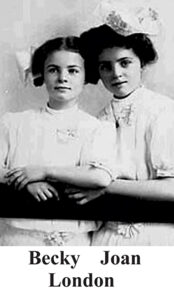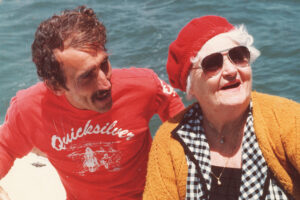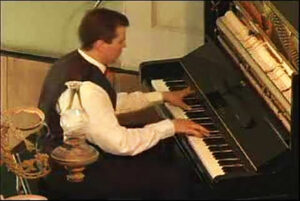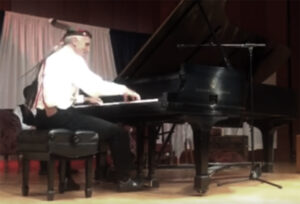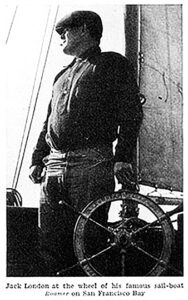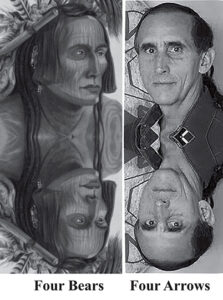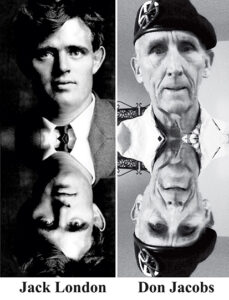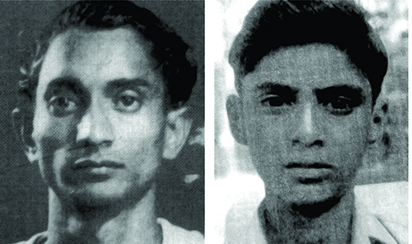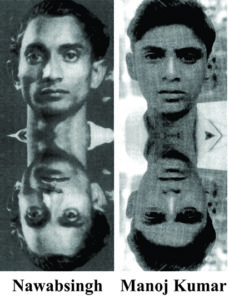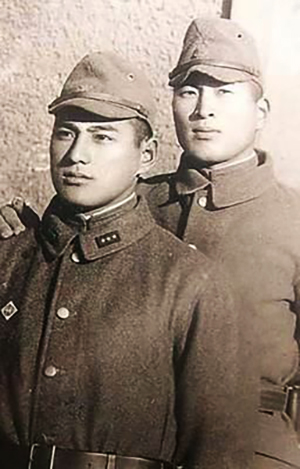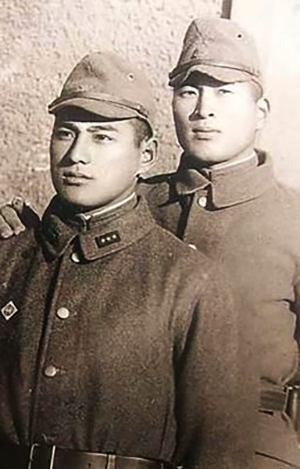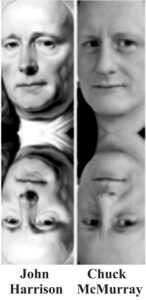 How Derived: Past Life Memories Accessed during a Past Life Regression
How Derived: Past Life Memories Accessed during a Past Life Regression
Researched by: Chuck McMurray
Affirmed by: Spirit Being Ahtun Re in a Ryerson-Semkiw Reincarnation Research Session
Article by: Chuck McMurray, Edited by Walter Semkiw, MD
Click on images to enlarge
In a past lifetime, I, Chuck McMurray, believe that I was John Harrison, an 18th century, self-educated British clockmaker and inventor of the marine chronometer, which is a very precise timepiece that was used in ship voyages for navigation purposes. Harrison lived from 1693 to 1776.
Let me tell you my story, which started with a past life regression conducted in 2016, though I would not derive my past life identity as Harrison until 2018.
On October 16, 2019, over a year after I had made the hypothesis that I was John Harrison, I had a session with trance medium Kevin Ryerson, who has worked extensively with Walter Semkiw, MD. In this session my past life as Harrison was affirmed. Let us now start at the beginning.
Chuck McMurrays’s Past Life Regression
In September of 2016, I had made an appointment with Susan Wisehart, MS, LMFT, who is a licensed psychotherapist and a past life regression therapist, to have my first regression. The reason for my interest in pursuing this was research I had done on the topics of reincarnation and the afterlife.
I had found Susan’s name by researching past-life regressionists in the Chicago area, where I live. She had studied with Yale trained psychiatrist Brian Weiss, MD and she had wonderful reviews by clients who had worked with her.
So on Saturday, September 26, 2016, I made a leap of faith and met with Susan. I was excited but also nervous, not really knowing what would happen. I was treating it like a new adventure.
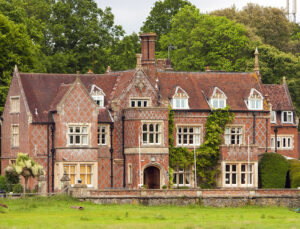 At the start of my appointment introductions were made, which helped me understand what I could expect. Susan was professional, helpful and made the process seem like a very natural thing to do.
At the start of my appointment introductions were made, which helped me understand what I could expect. Susan was professional, helpful and made the process seem like a very natural thing to do.
Overall, it was a very pleasant experience, though intense emotions did come out during the session. In fact, I just couldn’t believe how deeply I was in tears during the whole thing.
During the regression, I experienced very clear and vivid past life memories. I’ve read that many people have this same type of experience during hypnotic regressions, but it is quite different when it actually happens to you.
Past Life Memories of a Life in England
As is normal for the regression process, Susan asked me to relax completely as she guided me into a meditative or trance state. It was quite easy.
In the session, a past life memory opened. I saw myself crossing a bridge. Immediately, I could see that I was close to a large estate-like home on a huge piece of country property. It reminded me of an old mansion. The entire area was thickly wooded. The home had many windows and a large porch that ran the length of the home. It had a U-shaped driveway that brought visitors up to the house.
When Susan asked when I thought this memory was from, I said that it felt like the 1600’s, perhaps the early 1700’s. Based on the home and the way people were dressed, it reminded me of movies I had seen of English royalty.
In this memory, I could clearly hear the sounds of the hooves of horses and the wheels of a carriage traveling over a gravel or brick paved road. Susan asked me where I believed to be and I said confidently,“England.” She then asked me to be more specific. I said “North or West Yorkshire.” Please understand that though I may have looked at a map of England twice in my life, nothing of English life had ever interested me.
A Past Life British Military Uniform
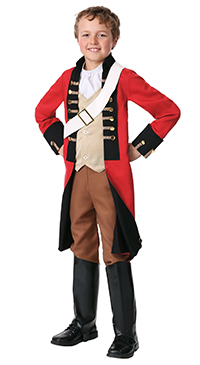 Susan then asked me to identify any traits of my body that I was able to recall. I said that I was wearing clothing like the British Red Coats wore in the era of the American Revolution. But the odd thing is that I had no weapon-no gun or sword. It dawned on me that perhaps I was a boy playing soldier in the fields.
Susan then asked me to identify any traits of my body that I was able to recall. I said that I was wearing clothing like the British Red Coats wore in the era of the American Revolution. But the odd thing is that I had no weapon-no gun or sword. It dawned on me that perhaps I was a boy playing soldier in the fields.
In this scene, I was with a young male friend of mine. We were standing near a body of water, like a pond or a river that a bridge crossed over. In this particular memory we also seemed to be really enjoying ourselves, joking and laughing, as we observed how women were dressed as they emerged from horse-drawn carriages with their men.
Moving forward in the past life regression, Susan asked me the next thing that I remembered. I recalled being a sick or wounded boy who spent time in a hospital. I remembered the clothing that I was wearing. The clothing was loose-fitting and felt like cotton pajamas. I remembered socializing with other children, as well as the nurses and caretakers.
Note: Later on, I learned that when John Harrison was young, he fell ill with smallpox and was hospitalized. He was given a watch to amuse himself in his sickbed. Historians have written that it was this watch that led Harrison to a career building clocks.
Past Life Memories of a Family and a Clock Shop
Susan then asked me to move forward again in time. I now felt that I was a young adult and that I was married and had a child. I saw a young boy and my wife and I watched as he played and ran around. I felt that I was in my early 20’s and that I was a working man. I felt as if I was just “a commoner.”
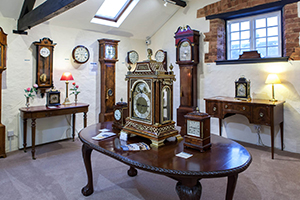 I progressed forward in time again. I saw myself in a clock shop somewhere in a small town. I felt like I was perhaps in my late 30’s or early 40’s. The shop was on a main street of some sort, with buildings no more than 1 to 2 stories in height. I saw many clocks in the shop, all ticking at the same time. I had a large table that was about chest high and there were pencils and drawings spread all over this workbench, along with clock parts. I felt like I was obsessed with the business of making and fixing clocks.
I progressed forward in time again. I saw myself in a clock shop somewhere in a small town. I felt like I was perhaps in my late 30’s or early 40’s. The shop was on a main street of some sort, with buildings no more than 1 to 2 stories in height. I saw many clocks in the shop, all ticking at the same time. I had a large table that was about chest high and there were pencils and drawings spread all over this workbench, along with clock parts. I felt like I was obsessed with the business of making and fixing clocks.
Please understand that at the time of my regression, these presumed past life memories made no sense to me, as I’ve never been interested in clockwork. However, growing up, my father in Chicago had a grandfather clock that sat in our dining room. He had won the clock as a sales award years before and I was always comforted by the chimes it made. I used to watch my father fix and tune it, but I was afraid to touch it as it always looked so fragile to me. My father’s parents also had a very large grandfather clock, which I loved to listen to when we visited their home.
A Past Life Book of Inventions and the Loss of a Family
 In my regression experience as a clockmaker, I felt I was keeping a very important book containing a collection of my inventions and ideas. I could see pencil drawings everywhere. The binding of this book was strangely covered with black and white spots, like the skin of a cow. This book was very important to me and I thought it was made up of hundreds of pages.
In my regression experience as a clockmaker, I felt I was keeping a very important book containing a collection of my inventions and ideas. I could see pencil drawings everywhere. The binding of this book was strangely covered with black and white spots, like the skin of a cow. This book was very important to me and I thought it was made up of hundreds of pages.
At this point, Susan asked me where my wife and son were in relation to my past life. I was instantly and terribly saddened as I thought that I had lost contact with them, perhaps through a divorce. I couldn’t in my mind locate what happened to them. I had thoughts that perhaps they had moved to the west of England or that they had emigrated to America. I remember feeling very upset that I had lost contact with my son and wondered where he had gone.
Note: I would find out later that early in his life, John Harrison had lost both his first wife Elizabeth-Scott and his son John.
A Second Past Life Son
We moved forward again. In this past life memory, I saw myself as a much older man living in a larger city, like London. I specifically remembered a two-story apartment where my shop was. I lived on the second floor above my clock shop. There was a closet under the stairs where I kept many of my most prized clocks. I can remember the layout of the building and the windows in the front.
At this point, I remembered walking to and from the town post office, as I was worried about my son and I was hoping to get a letter from him. I remembered that his name was William. I would check to see if he had corresponded or if anyone had heard from him. Somehow, I wasn’t able to reach him and was always hoping that he would write me so that I knew he was alright.
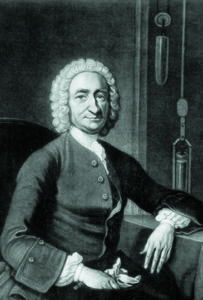 I also remembered that when walking through town, that people would always ask me “for the time,” as I was known to be a clockmaker. I was always adjusting and keeping time with a pocket watch of some sort that was very important to me.
I also remembered that when walking through town, that people would always ask me “for the time,” as I was known to be a clockmaker. I was always adjusting and keeping time with a pocket watch of some sort that was very important to me.
A Cherished Past Life Collaborator
I also remember working with someone down the street who was a metallurgist or a blacksmith. I believed that this person helped me professionally. I remembered that he had died early and that I had missed him, feeling that I owed him for part of my success. I’m not sure where he lived, but I felt that this person lived close by, within walking distance to where my shop was located.
Note: From my research, I learned that John Harrison was continually assisted by George Graham, pictured to the right. Graham was a watchmaker and instrument maker, who may have been the person I recalled in my regression who assisted me in my business. Enlarge the image to better see instruments in the background.
A Vision from the Spirit World: A Past Life Son Carries Out Sea Trials for John Harrison’s H3 Chronometer
Susan then asked me to move forward to the “end of this life.” I saw myself waking in the middle of the night due to chest pain and having a difficult time breathing. I remembered seeing shelves of smaller clocks in my room on this night and I felt that somehow, I knew that my time was up. A special clock on my nightstand was one of my most prized possessions and I remembered setting it for the last time on that night.
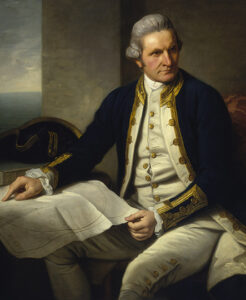 Susan then asked me to move forward past my death and asked me what I saw afterward. I recalled the book of drawings of my inventions, which I believe I gave away though my will. My son seemed to be in his older years – maybe his 40’s? I believe that he had his own family at this time. The vision that I had involved him reading my book of inventions by candlelight and it felt like that the location was somewhere overseas, perhaps America.
Susan then asked me to move forward past my death and asked me what I saw afterward. I recalled the book of drawings of my inventions, which I believe I gave away though my will. My son seemed to be in his older years – maybe his 40’s? I believe that he had his own family at this time. The vision that I had involved him reading my book of inventions by candlelight and it felt like that the location was somewhere overseas, perhaps America.
There was a very odd aspect to this memory as the room he was reading in was very small and made entirely of wood.
Note: William Harrison, John Harrison’s second son of his second marriage, carried forth the John Harrison “H3” sea clock in trials on ships of the Royal British Navy. As John Harrison was older and was prone to be seasickness, he sent his son, William, to supervise the trials. It may be that the small, wooden room in my vision was of William on an English ship.
The famous British sea-captain and explorer James Cook, pictured above, took one of Harrison’s chronometers on his second and third Pacific voyages with William Harrison onboard. When Cook returned to England in 1775, he reported that the Harrison chronometer was “our faithful guide through all the vicissitudes of climates.”
The Day I Learned about John Harrison for the First Time
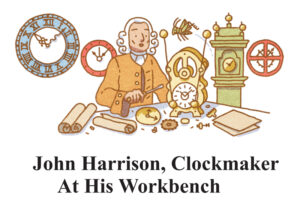 Recall that my past life regression with Susan occurred on September 26, 2016. About 18 months later, on April 2, 2018, I started a new job. On the second day of that job, I was working from my home office. At around 8:30 in the morning of that day, I had opened my computer and logged onto the Internet and the Google home page. On that day, which was Tuesday April 3, 2018, Google featured a cartoon featuring a man named John Harrison, as he was born on April 3, 1693.
Recall that my past life regression with Susan occurred on September 26, 2016. About 18 months later, on April 2, 2018, I started a new job. On the second day of that job, I was working from my home office. At around 8:30 in the morning of that day, I had opened my computer and logged onto the Internet and the Google home page. On that day, which was Tuesday April 3, 2018, Google featured a cartoon featuring a man named John Harrison, as he was born on April 3, 1693.
After having clicked on the drawing, it landed on a page with portraits of John Harrison. There were two paintings – one that was created earlier in his life in black and white, and then a second one that was in color. The second painting to me was so striking, in that I saw my own face in his. I stared in awe for some time.
On that day, I took a picture of myself to compare my face with that of John Harrison. The facial features were nearly identical, even though in the portrait of Harrison, he was 30 years older than the age I was when I took the photo of myself.
After researching the past life memories that I accessed in my session of September 26, 2016, I met with Susan again about 2 years later in December of 2018. I explained to Susan that the investigation of my past life memories had revealed possible historical validation of my past life experience. I felt that I had discovered evidence of a past life that was more important than just something personal. I asked her for guidance.
Susan suggested that I reach out Walter Semkiw, MD and to perhaps validate my past life memories in a session with trance medium Kevin Ryerson. She knew of Walter’s work and that he has worked with Kevin Ryerson over many years and that Kevin channels a spirit being named Ahtun Re, who has demonstrated the ability to made past life identifications with a high degree of accuracy,
My Session with Kevin Ryerson on October 16, 2019
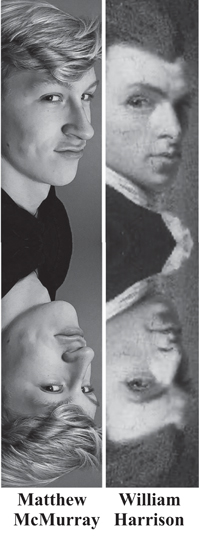 Ahtun Re, the spirit being that Kevin channels, validated that I was John Harrison in a past lifetime. In addition, Ahtun Re confirmed that William Harrison, the son of John Harrison who carried out sea trials on the behalf of his father, is my son Matthew in this lifetime.
Ahtun Re, the spirit being that Kevin channels, validated that I was John Harrison in a past lifetime. In addition, Ahtun Re confirmed that William Harrison, the son of John Harrison who carried out sea trials on the behalf of his father, is my son Matthew in this lifetime.
Of interest, my son Matthew and I created a website, H3mi. com (no longer active), which reflects the name of John Harrison’s chonometer, the H3, which William Harrison took on sea trials with the British Navy.
Ahtun Re also validated that my wife, Kimberly, was a wife of John Harrison. One very odd thing about the day that I first met my wife is that I knew she was very special. In fact, I went home and told my mother that I met the woman I would marry. I had no idea why I felt that way. It was a truly love at first sight!
Correspondences in the Lives of John Harrison and Chuck McMurray
I was a very curious kid, who had a lot of energy and a natural talent for taking things apart and learning how they worked. I had spent a good part of my young life building toys, making short films and playing with bikes and cars.
My father was a salesman, but he loved carpentry and making things. He spent a lot of time teaching me how to use tools at a young age, always reminding me that I should “use my hands and my head” later in life to make a living. That always stuck with me.
I was always very creative. I went to school for communications but ended up thriving in more technical roles selling and implementing data and technology. I’ve been known to my professional peers as “the idea guy.”
One of my most successful jobs was with a startup called Alteryx, which involves a geo-spatial data tool that is now widely used. John Harrison, with his invention of the chronometer, was also involved in geo-spatial science.
At the age of 11, I had made a bet with my father that if he purchased an electric model remote control car for me, which had to be assembled, I would be able to put it together without help. If I won this bet, my father would be responsible for the cost of this device. My father took up the bet and purchased the car kit.
 All alone, in the basement of my Chicago home, I spent 2 weeks reading the instructions and putting together all the gears and parts. After a few trials, I was able to get the entire car together, which operated flawlessly. I remember my father’s face when he came outside to see me driving it around. He was awed.
All alone, in the basement of my Chicago home, I spent 2 weeks reading the instructions and putting together all the gears and parts. After a few trials, I was able to get the entire car together, which operated flawlessly. I remember my father’s face when he came outside to see me driving it around. He was awed.
At the age of 13, my father had again let me purchase a car, but this time it was a real car, even though I was not old enough to drive it. It was a 1975 Plymouth Valiant that did not operate, that I bought for 300 dollars. We brought the car home so that I could restore it.
My father was amazed as within weeks, though working with few tools or resources, I was able to get the car fixed and running. He attributed this to be a natural talent, so he supported me in this interest. Within just a few years, I had bought, restored and sold about 20 cars. I took a keen interest in racing them, which also seemed natural to me. I was able to understand the engines and how they worked, with no training.
In this way, I believe I was self-taught like John Harrison was. I always loved the way engines worked and I rejoiced in the fact that I could make them perform better, much like John Harrison did with clocks and his invention of the marine chronometer.
Evidence and Principles of Reincarnation-Understanding Past Lives
 Physical Resemblance in Reincarnation Cases: There is a striking similarity in the facial features of John Harrison and Chuck McMurray. Click on the image to enlarge it.
Physical Resemblance in Reincarnation Cases: There is a striking similarity in the facial features of John Harrison and Chuck McMurray. Click on the image to enlarge it.
Past Life Passions, Talent and Abilities: John Harrison and Chuck have demonstrated natural talent and genius in mechanical engineering.
Relationships Renewed through Reincarnation: In his contemporary incarnation as Chuck McMurray, John Harrison has been reunited with a past life wife and son. Chuck related that when he first met his future wife Kimberly, he knew immediately that they would be wed. This is how past life relationships are renewed through reincarnation, through destiny, intuitions and emotional remembrance.
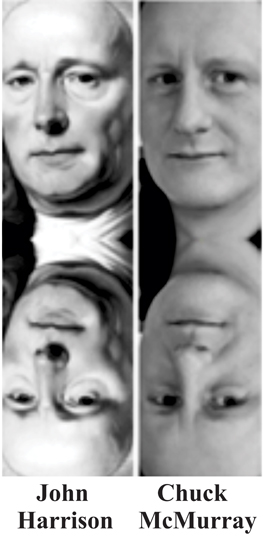
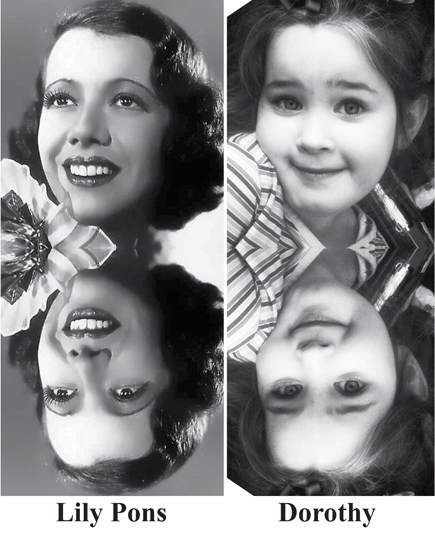
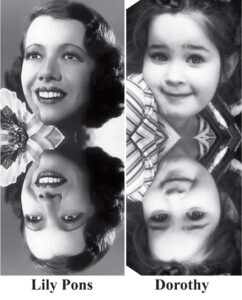
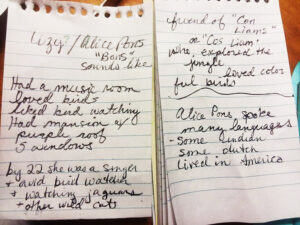
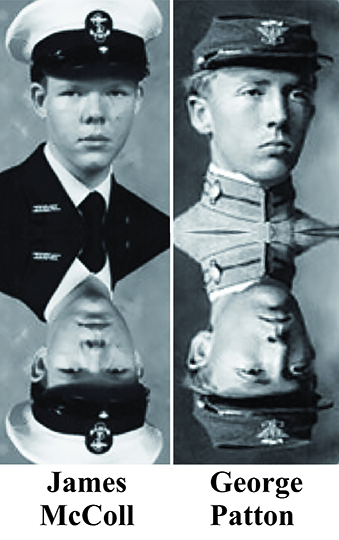
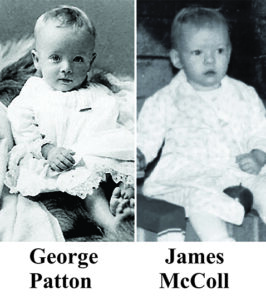
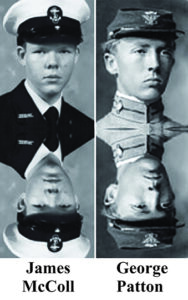
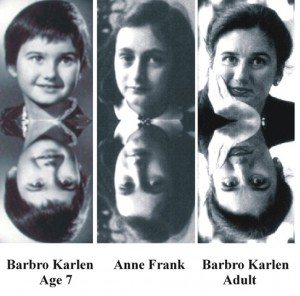
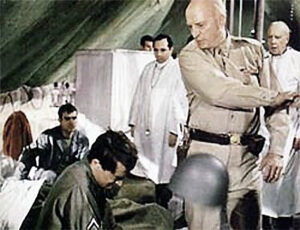
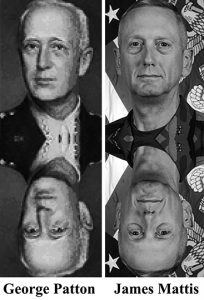
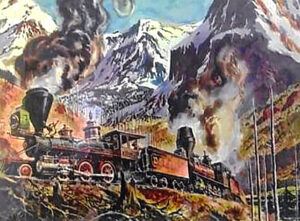
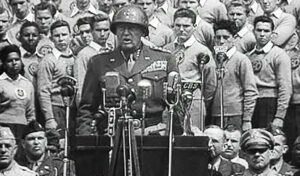
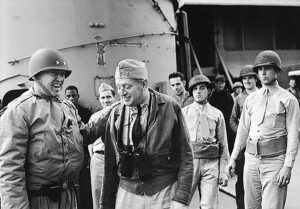
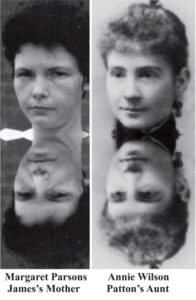
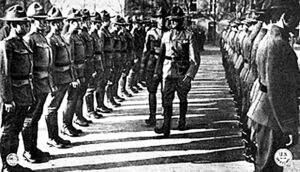
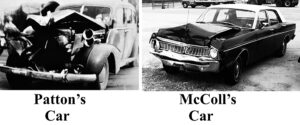
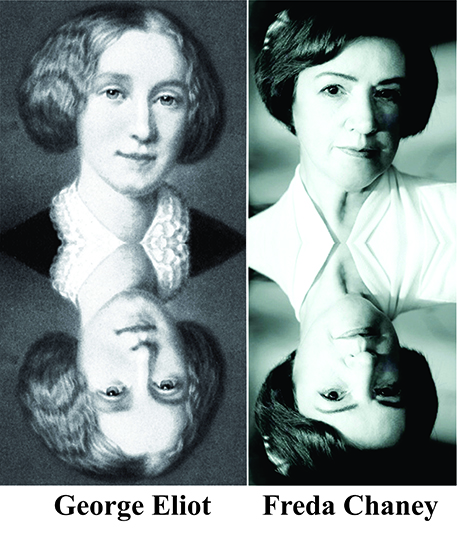
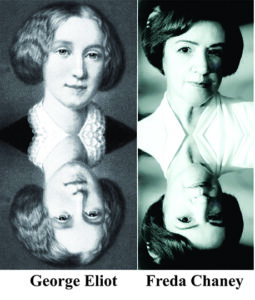
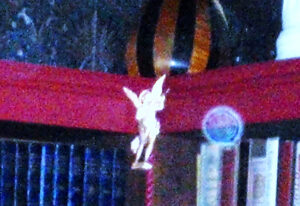
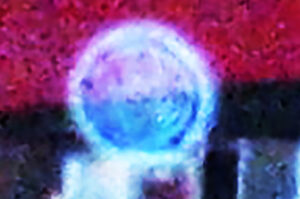
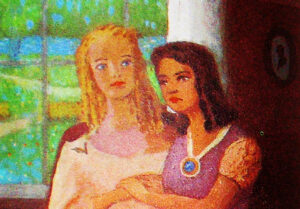
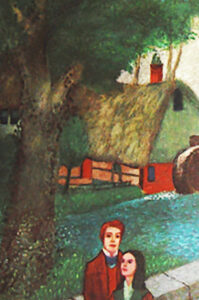
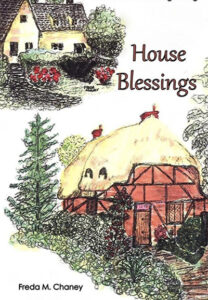
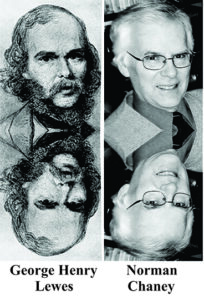

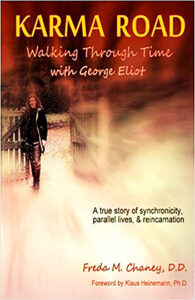
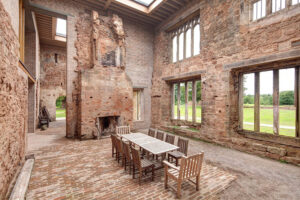
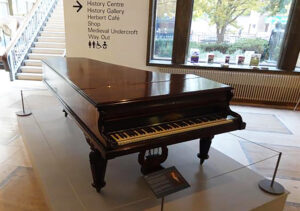
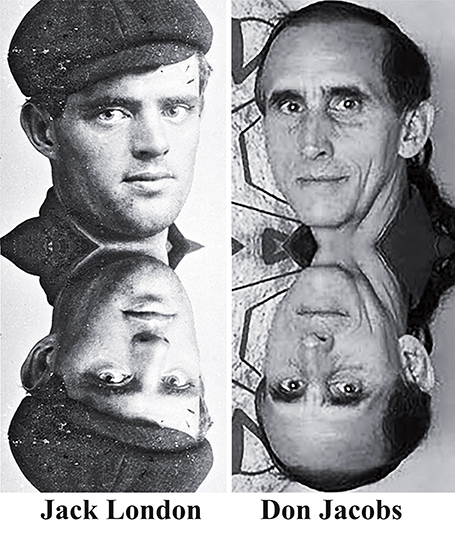
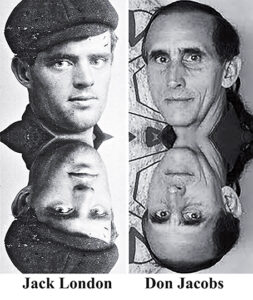
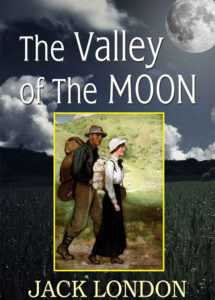
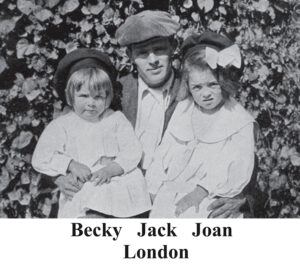 ‘
‘